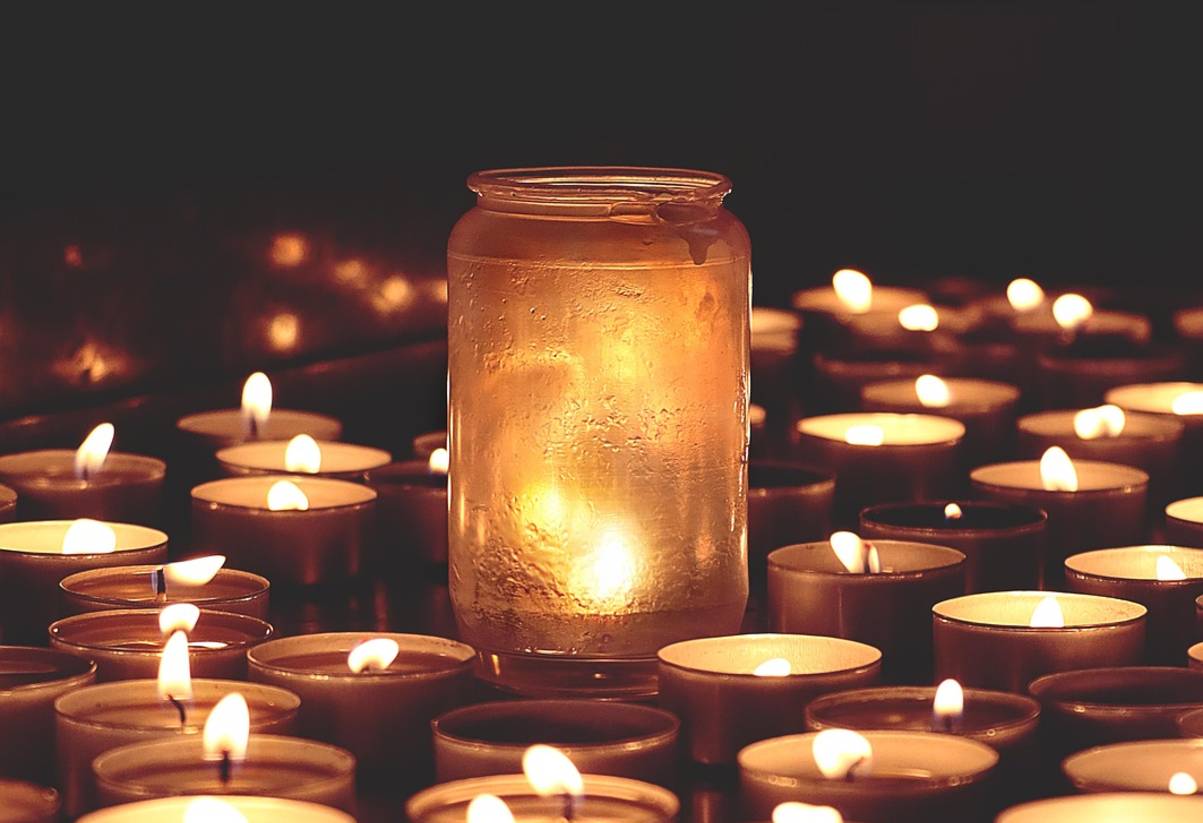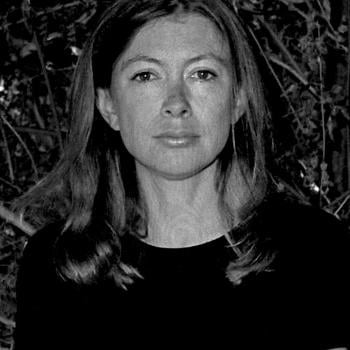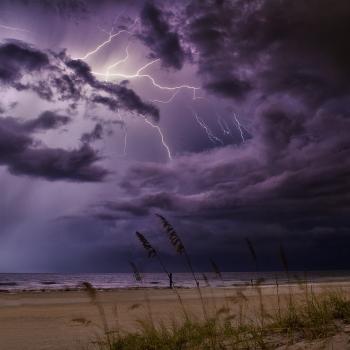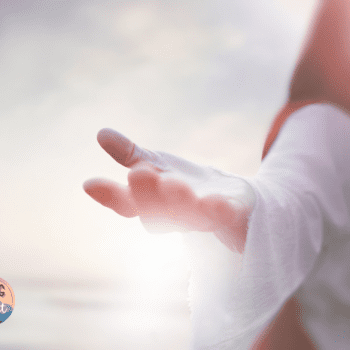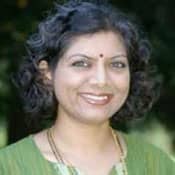In the Parliament of World Religions May 2012 newsletter, Phillipe Copeland writes, "According to the Abrahamic traditions, including Judaism, Christianity, Islam and the Baha'i Faith, the universe itself was spoken into being. This offers a fitting metaphor for the promise of interreligious dialogue, the promise of a new creation . . . to fulfill this promise requires attention to detail. We must be attentive not only to what we are dialoguing about but who is engaged in the dialogue."
While Copeland's article, "Faith and Race: A Dialogue Worth Having," focuses on discussion of race (or the absence of it) in interfaith dialogue, his opening sentence itself speaks to the need of broadening his vision and the circle to not just "Abrahamics." However, my friend and co-interfaith activist, Rev. Bob Cornwall, understands this, as evidenced by his keynote address at the recent 18th Annual Troy Community Coalition Prayer Breakfast. The event usually includes, along with a sit-down breakfast, music and prayers for all sectors of the community from individuals who represent many different faiths. The reason for the event? Research shows that youth who participate in a religious community are far less likely to use drugs or alcohol. The Coalition's purpose is to prevent drug and alcohol abuse and promote the health of all in the community.
Rev. Cornwall, or Bob, as friends call him, arrived in Troy about four years ago from Lompoc, California to serve his congregation at Central Woodward Christian Church (Disciples of Christ), and immediately engaged with the local interfaith group, of which I, as a co-founder, have been a prominent part. Rev. Cornwall comes with credentials: he is a church historian with two seminary degrees, the founding convener of the Lompoc Interfaith Group (which came together in the aftermath of 9/11), former chair of the Ecumenics Commission for the Christian Church (Disciples of Christ) in Michigan, an established writer with a blog and publications that include his latest book, Faith in the Public Square. And this year he added one more credential—he is the Troy-area Interfaith Group's third Convener.
The local interfaith group was founded in 2005 out of a controversy, in which I and other non-Christians were excluded from the city's annual National Day of Prayer and exemplified the need to gather people of all faith backgrounds in Troy's public square. The inclusive members of the community now gather for an annual event every May; the City stopped sponsoring one. Until the controversy, I would have said one's faith and religious convictions are a private affair. The 2005 incident, which splattered the controversy in the Detroit Free Press and other papers, put me and my faith in the public sphere, and I became a self-proclaimed interfaith activist. Bob's arrival in our midst a few years later is one that energized the dialogue about the role of religion in public life, much like his book.
With an introduction called "Living a Public Faith in the Public Square," it is obvious that the book deals with issues that the broader public faces: politics, science, education, family, government—especially where they intersect with religion. The essays are culled from Bob's columns over a four-year period, when he wrote for the Sunday op-ed page of the Lompoc Record. One gains insight into how he lives his faith not only because the column was not in the paper's religious section, but through anecdotes he shares. For example, he was called upon to do the funeral rites for one of his regular readers, someone he had never met. The topics he covers are ones that impact my life, and are important to me as a community activist: America's status as a Christian nation, December dilemmas, Ten Commandments displays on government property, helping the homeless, the stem cell debate, the justifiability of torture, and more. My journey through the essays in the book was similar to the conversations that I have with Bob, ones that help make me a better Hindu, and hopefully help him be a better Christian—the dynamic that Gandhi hoped for.
The Foreword by Mark Toulouse, Principal of the Emmanuel College of Victoria University at the University of Toronto, states, "When religious individuals and groups are able to understand the difference between justification and truth, they are ready to enter the public debate with integrity . . . [providing] added value for dealing with the complex issues facing public life." The essays are Bob's call to action to people of all faiths to consider "what kind of world does my faith tradition envision?" He clearly points out "this is a pluralistic democracy, and that the players in the public square must respect the rights of the other."My only concern when I put down the book was his lack of awareness about the issues facing the Dharmic traditions; they are rarely mentioned in the book, nor did he cover a major issue for Hindu Americans that occurred during his years in Lompoc: the California textbook issue.
